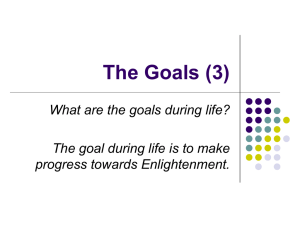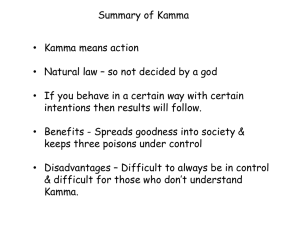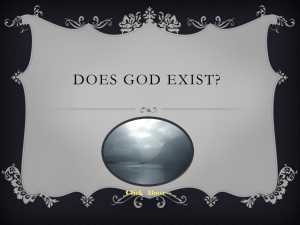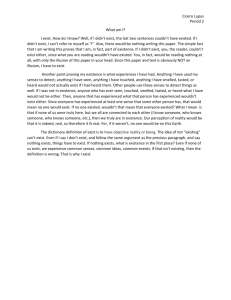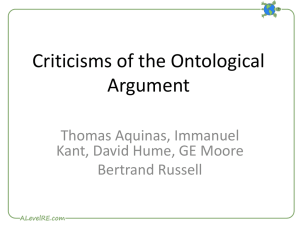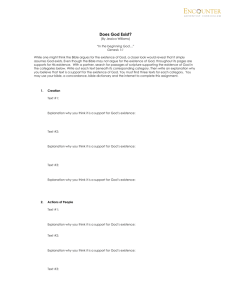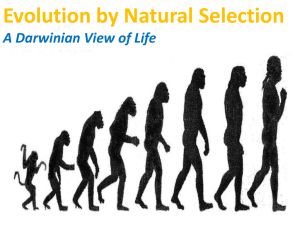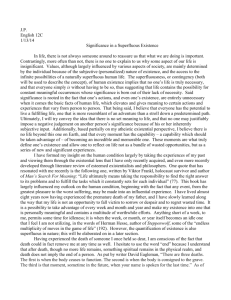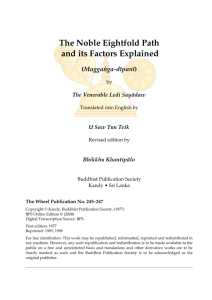AFTERLIFE - London Inter Faith Centre
advertisement
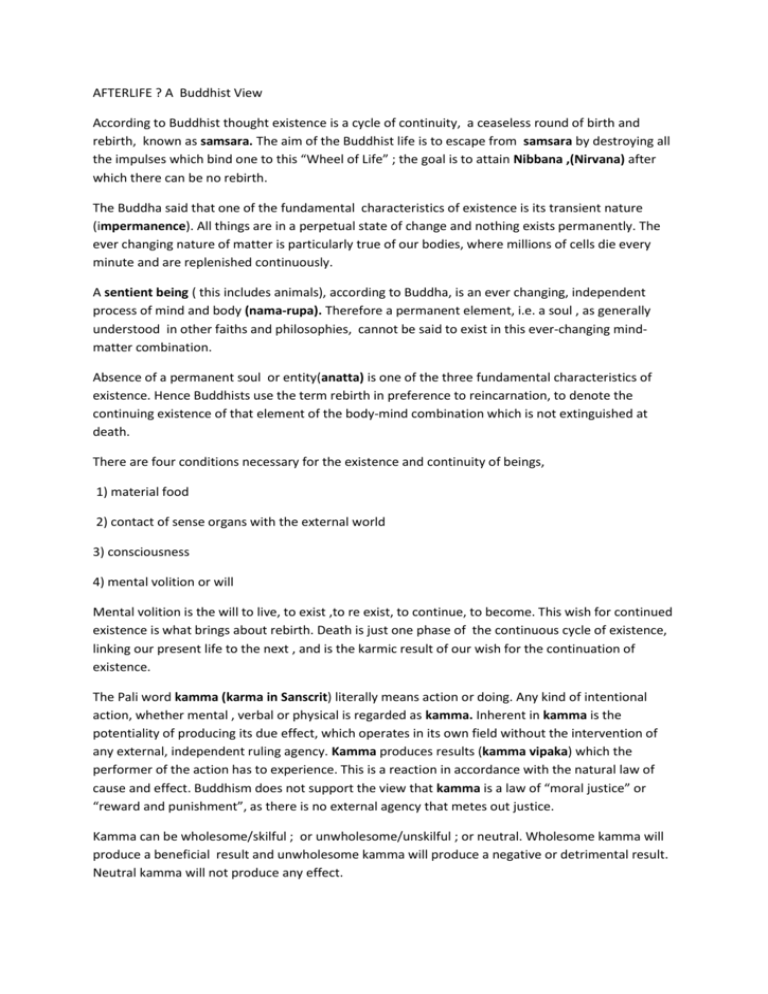
AFTERLIFE ? A Buddhist View According to Buddhist thought existence is a cycle of continuity, a ceaseless round of birth and rebirth, known as samsara. The aim of the Buddhist life is to escape from samsara by destroying all the impulses which bind one to this “Wheel of Life” ; the goal is to attain Nibbana ,(Nirvana) after which there can be no rebirth. The Buddha said that one of the fundamental characteristics of existence is its transient nature (impermanence). All things are in a perpetual state of change and nothing exists permanently. The ever changing nature of matter is particularly true of our bodies, where millions of cells die every minute and are replenished continuously. A sentient being ( this includes animals), according to Buddha, is an ever changing, independent process of mind and body (nama-rupa). Therefore a permanent element, i.e. a soul , as generally understood in other faiths and philosophies, cannot be said to exist in this ever-changing mindmatter combination. Absence of a permanent soul or entity(anatta) is one of the three fundamental characteristics of existence. Hence Buddhists use the term rebirth in preference to reincarnation, to denote the continuing existence of that element of the body-mind combination which is not extinguished at death. There are four conditions necessary for the existence and continuity of beings, 1) material food 2) contact of sense organs with the external world 3) consciousness 4) mental volition or will Mental volition is the will to live, to exist ,to re exist, to continue, to become. This wish for continued existence is what brings about rebirth. Death is just one phase of the continuous cycle of existence, linking our present life to the next , and is the karmic result of our wish for the continuation of existence. The Pali word kamma (karma in Sanscrit) literally means action or doing. Any kind of intentional action, whether mental , verbal or physical is regarded as kamma. Inherent in kamma is the potentiality of producing its due effect, which operates in its own field without the intervention of any external, independent ruling agency. Kamma produces results (kamma vipaka) which the performer of the action has to experience. This is a reaction in accordance with the natural law of cause and effect. Buddhism does not support the view that kamma is a law of “moral justice” or “reward and punishment”, as there is no external agency that metes out justice. Kamma can be wholesome/skilful ; or unwholesome/unskilful ; or neutral. Wholesome kamma will produce a beneficial result and unwholesome kamma will produce a negative or detrimental result. Neutral kamma will not produce any effect. The past accumulated kamma acts in a subtle way to condition the next life. A person who has acquired wholesome kamma m ay well be born into happy circumstances, enjoying good health, wealth and family connections. Although inherited genes from parents play an important part in determining physical and some mental characteristics, kamma may be considered as the driving force. It may well be that rebirth to particular parents was the appropriate result of past kamma. If there is no permanent entity or soul, how does one life link to another? It is said to be due to the momentum of the accumulated kamma resulting in the continuation of “the stream of consciousness”. Rebirth is simply a continuation of this process. This is explained in terms of the famous simile of the flame: if one were to light a candle from a flame already burning, what has been passed on ? Is the new flame the same as the old one or different? Could I say that the process is the same as that which links the 84 year old I am now to the baby I see in the photo of me sitting on my mother’s knee at the age of two and a half ? I have changed, physically and mentally, I’ve even changed my name. In what way am I still the same person? According to the texts , there are 31 planes of existence where beings exist in the universe. The human plane is just one of them. Planes of existence below the human level are classed as woeful states. Beings born into such planes are unable to acquire wholesome kamma due to the nature of their unhappy state. Therefore these beings may remain trapped in that plane until the unwholesome kamma which caused that birth is exhausted. On the other hand, beings born into higher planes than human are said to enjoy blissful existence and thoughts of seeking release from the cycle of existence are far from their minds. But even these happy states are not eternal and these beings are still bound on the wheel of life. The human plane provides a more balanced environment, beings experiencing happiness as well as unhappiness. They are able, if they wish and make the right effort,to enter the path to liberation from the cycle of existence. Mary Hale (with acknowledgements to London Buddhist Vihara ) 18th January 2013
